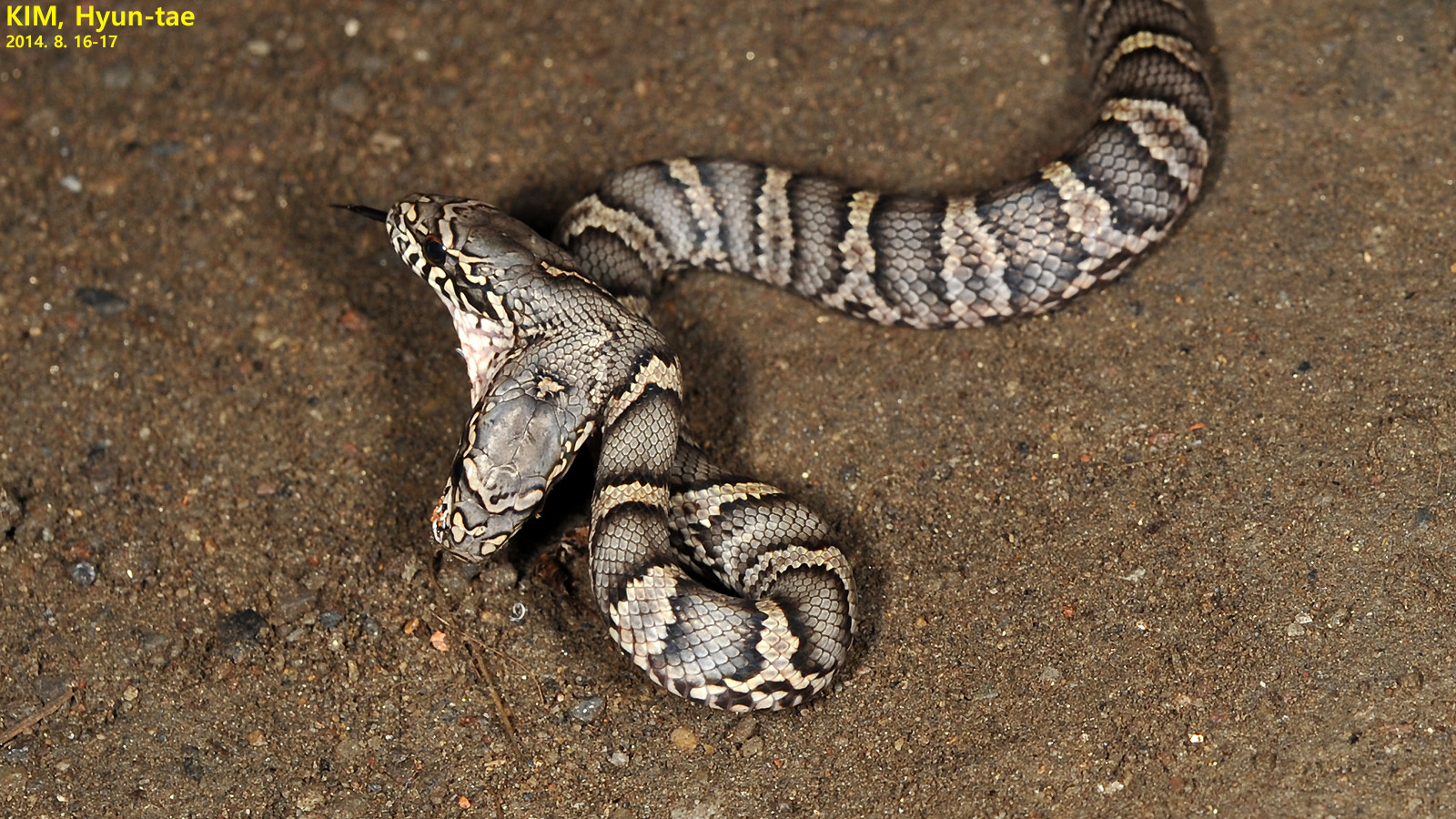In the shadowy realms of mythology and folklore, few creatures captivate human imagination quite like the enigmatic two-headed snake. This mysterious serpent, simultaneously representing duality and contradiction, has slithered its way through cultural narratives across continents and millennia. Beyond mere folklore, this mythical creature carries profound symbolic weight, embodying concepts of rebirth, wisdom, danger, and cosmic balance. While biologically rare, bicephalic snakes do occasionally appear in nature, further blurring the line between myth and reality. This fascinating intersection of biology, symbolism, and cultural belief has ensured the two-headed snake’s enduring presence in human consciousness, from ancient cave paintings to modern popular culture. Let’s explore how different civilizations have interpreted this compelling symbol and what it reveals about our collective psyche.
Origins of the Two-Headed Snake Myth
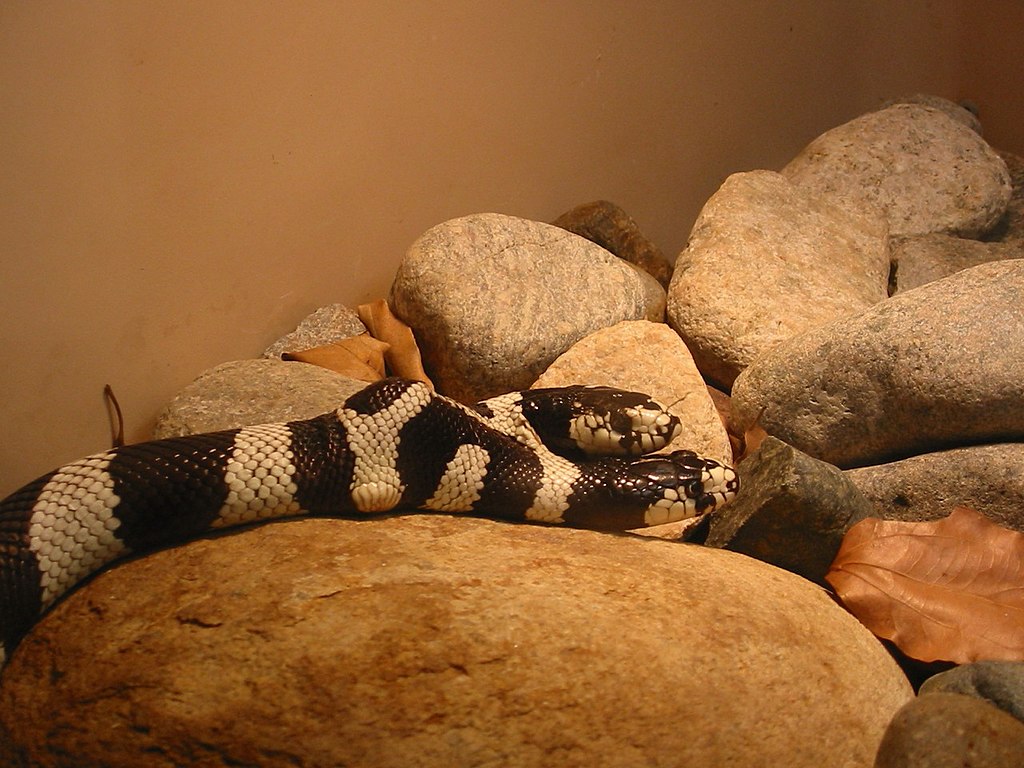
The origins of the two-headed snake myth likely emerged from rare but real biological occurrences of bicephalic snakes in nature. These anomalies, where a snake develops with two heads rather than one, occur when embryonic cells improperly divide during development. Ancient peoples encountering such rarities would have viewed them as powerful omens or supernatural entities, their unusual appearance defying natural order. The genuine rarity of these creatures helped cement their status as magical or divine beings in early human societies. Across different cultures, these real-life anomalies became amplified through oral tradition, gradually transforming into mythological entities with expanded powers and significance beyond their physical peculiarities.
The Amphisbaena in Greek and Roman Mythology

Among the most famous two-headed serpents in Western mythology is the amphisbaena, a creature described by ancient Greek and Roman naturalists and mythographers. According to legend, this serpent possessed a head at each end of its body, allowing it to move in either direction without turning around. The name itself derives from Greek words meaning “to go both ways,” reflecting its unique bilateral locomotion. In his Natural History, Pliny the Elder claimed the amphisbaena could move forward or backward with equal ease and that its bite was exceptionally venomous. The creature allegedly originated from the blood that dripped from Medusa’s severed head as Perseus flew over the Libyan desert, linking it to one of Greek mythology’s most powerful female monsters.
Native American Two-Headed Serpent Traditions

Across Native American cultures, two-headed serpents feature prominently in various tribal mythologies, often associated with water, thunder, and transformative powers. The Lakota people tell stories of the two-headed serpent as a powerful supernatural being that lives in deep waters and possesses both destructive and creative forces. In Pacific Northwest traditions, particularly among the Haida and Tlingit tribes, the double-headed serpent or “Sisiutl” is a formidable creature capable of transforming humans into stone with its gaze. These Indigenous interpretations typically treat the two-headed snake as an ambivalent force—neither wholly good nor evil, but rather a powerful entity demanding respect and careful navigation. The Sisiutl is frequently depicted in tribal artwork, ceremonial masks, and totems, underscoring its cultural importance.
African Folklore and the Bicephalic Serpent
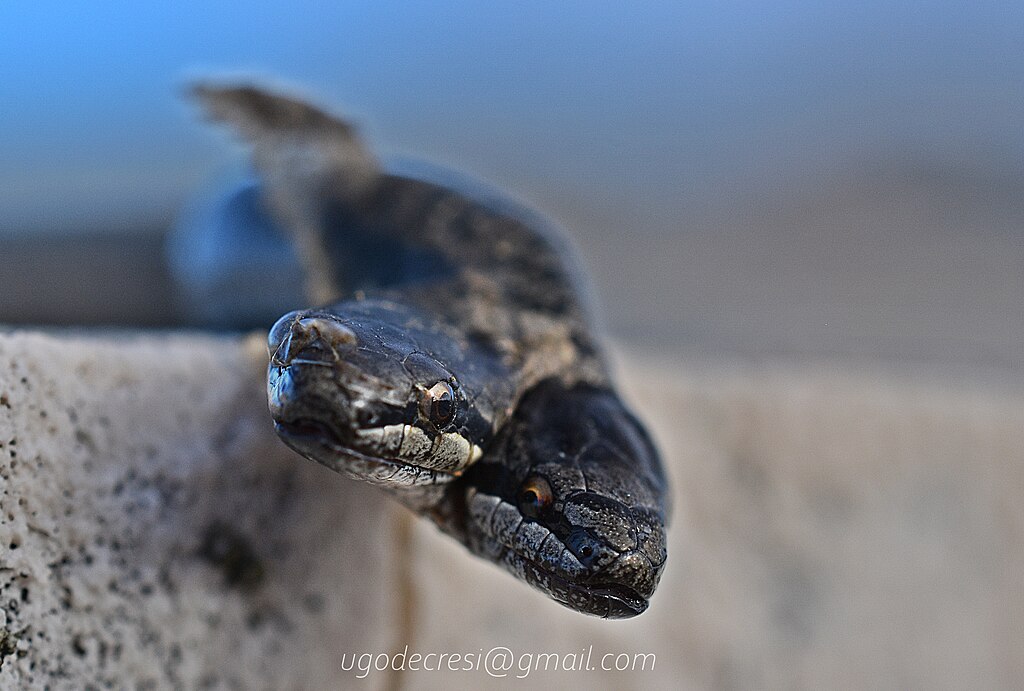
Throughout various African cultures, the two-headed snake embodies diverse symbolic meanings connected to ancestral wisdom, fertility, and cosmic balance. In West African Vodun and related spiritual systems, the snake with two heads represents the connection between the visible world and the realm of spirits or ancestors. Some traditions in Zimbabwe and South Africa tell of two-headed serpents that guard hidden treasures or sacred sites, testing those who seek access to such places. These mythical creatures often serve as important metaphors for moral lessons about greed, respect for natural boundaries, and the consequences of disturbing sacred balances. The duality represented by the two heads frequently symbolizes complementary opposites: male/female, light/dark, or life/death—essential concepts in many African cosmologies.
Mesoamerican Double-Headed Serpent Symbolism
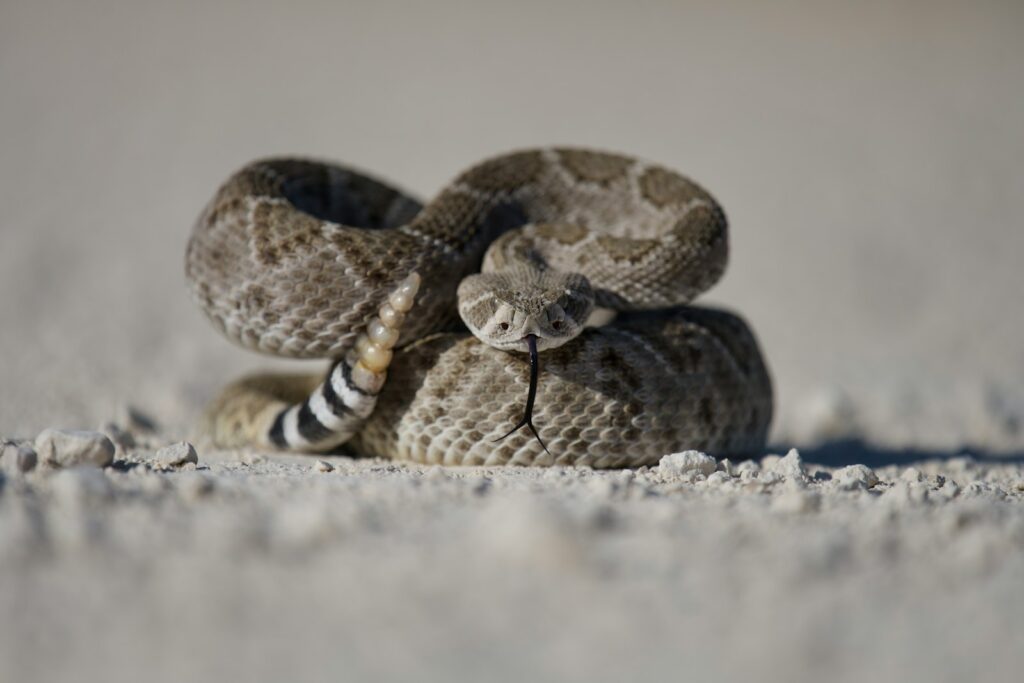
Mesoamerican cultures embraced the two-headed serpent motif with particular reverence, most notably in the form of the “Double-headed Serpent” turquoise mosaic from Aztec culture now housed in the British Museum. This masterpiece of Aztec craftsmanship represents the fire serpent Xiuhcoatl, a creature closely associated with the supreme deity Huitzilopochtli. In Mayan cosmology, the Vision Serpent often appears with two heads, creating a symbolic portal between worlds through which rulers could communicate with ancestors and deities. The Aztec deity Quetzalcoatl, the feathered serpent, sometimes appears in bicephalic form, reinforcing his nature as a mediator between earth and sky. These representations highlight how Mesoamerican cultures viewed the two-headed serpent as a potent symbol of cosmic duality and divine power.
Hindu and Buddhist Interpretations
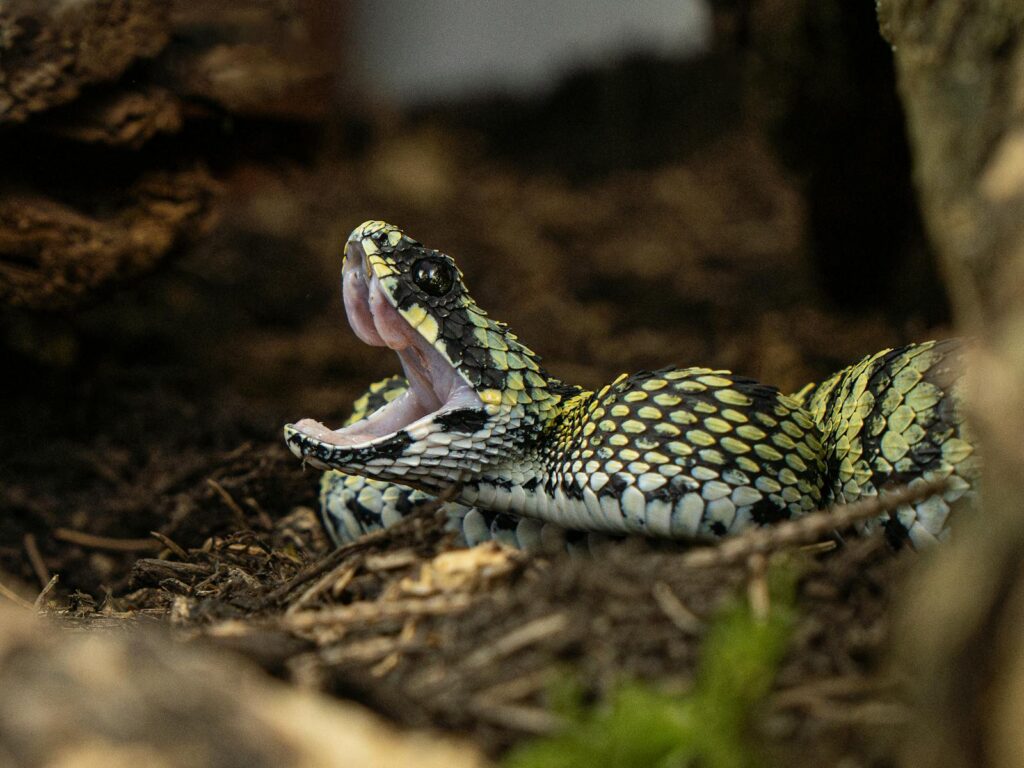
In Hindu mythology, the Naga—divine snake beings—occasionally manifest with multiple heads, representing cosmic protection and fertility. The most famous multi-headed serpent is Shesha (or Ananta), the thousand-headed cosmic serpent upon which Lord Vishnu reclines, symbolizing infinity and timelessness. Though not specifically two-headed, this multi-headed serpent concept shares symbolic territory with bicephalic snake myths. In Tibetan Buddhist traditions, certain wrathful deities are depicted with serpents having heads at both ends, representing the conquest of dualistic thinking and the transformation of negative energies. These Eastern interpretations typically frame the multiple-headed serpent not as a monster to be feared but as a profound cosmic symbol of eternity, continuity, and spiritual awakening. The serpent’s duality represents the transcendence of opposites that is central to many Eastern philosophical traditions.
The Two-Headed Snake in European Alchemy
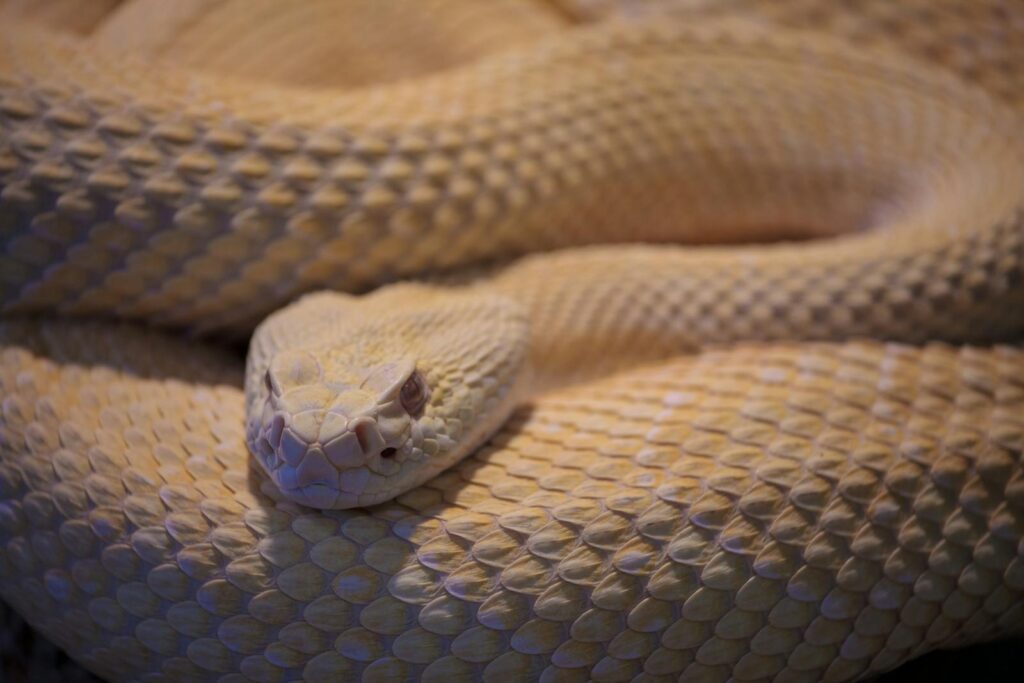
Medieval and Renaissance alchemists adopted the two-headed serpent as a potent symbol in their esoteric tradition, most famously in the form of the ouroboros—a serpent eating its own tail. While traditionally depicted with one head, some alchemical illustrations show the ouroboros with a head at each end, creating a more explicit representation of duality and the union of opposites. This alchemical symbol represented the cyclical nature of the Great Work—the transformation of base materials into philosophical gold. The bicephalic variation emphasized the concept of “solve et coagula” (dissolve and coagulate), the fundamental process of breaking down matter to rebuild it in purified form. In alchemical texts, these dual-headed serpents often symbolized the reconciliation of opposing principles: sulfur and mercury, sun and moon, masculine and feminine energies.
The Biological Reality Behind the Myth
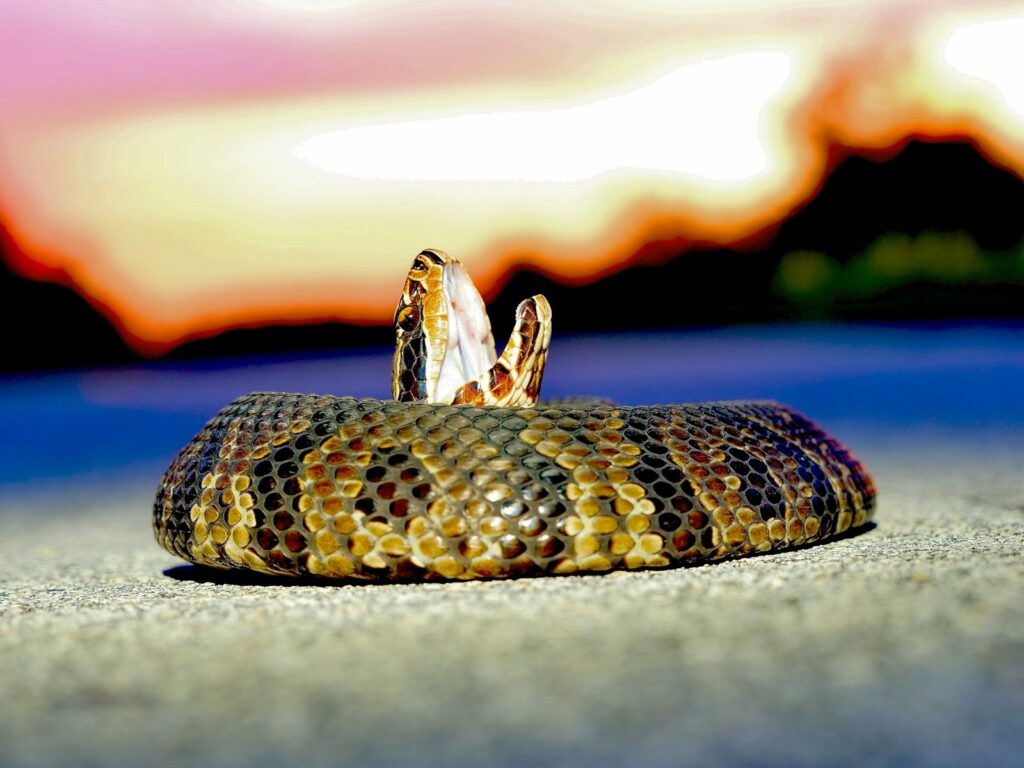
Two-headed snakes—technically known as bicephalic or dicephalic—do exist in nature as developmental anomalies. This rare condition occurs when an embryo begins to split into identical twins but doesn’t complete the separation process, resulting in a single organism with duplicated structures. In snakes, this typically manifests as two distinct heads on a single body, each with its own brain, though they share most other organs. These biological oddities face significant survival challenges in the wild, as the two heads frequently compete for control of the body, resulting in conflicting movement impulses. Feeding can also prove problematic, as both heads may attempt to consume prey simultaneously, or one head might try to consume the other, not recognizing it as part of the same organism. Despite these difficulties, some two-headed snakes have survived in captivity for years with proper care, serving as living links to ancient myths.
Symbolic Interpretations Across Cultures
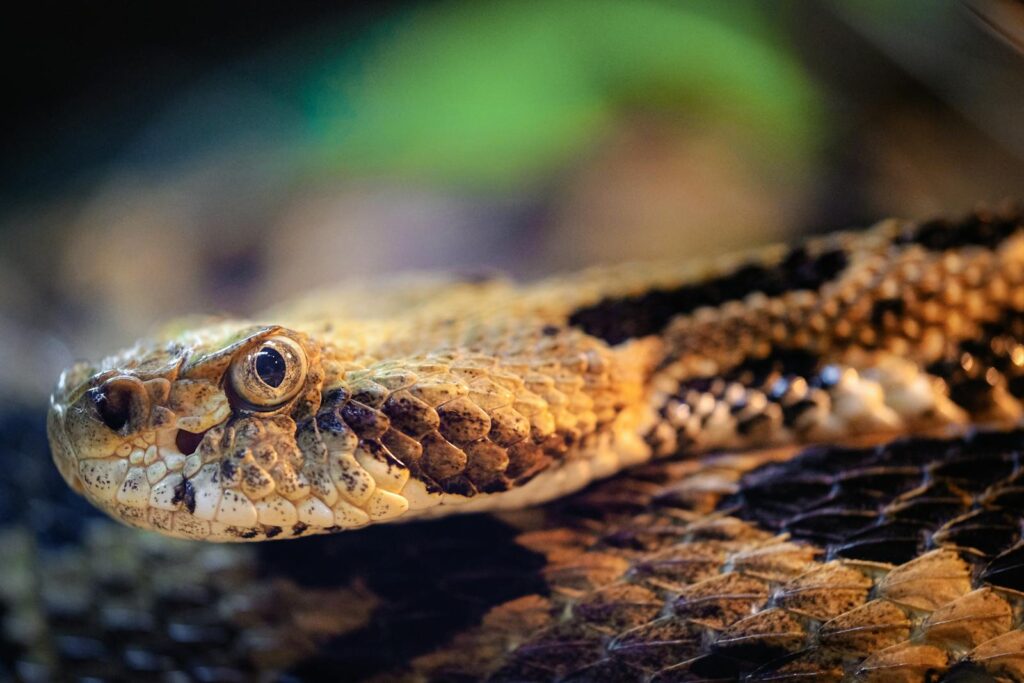
Despite the vast geographical and temporal differences between cultures that developed two-headed snake myths, remarkably consistent symbolic themes emerge. Most prominently, these creatures symbolize duality and the unity of opposites—light and darkness, creation and destruction, male and female. The ability to move in two directions simultaneously or to see both the future and the past appears in numerous cultural interpretations, suggesting a transcendence of normal limitations. Many traditions associate these creatures with liminal spaces—thresholds between worlds, life and death, or knowledge and ignorance. The inherent contradiction of a single entity with two controlling centers often symbolizes internal conflict, the struggle between competing desires, or the balance of opposing cosmic forces.
Two-Headed Serpents in Divination and Magic
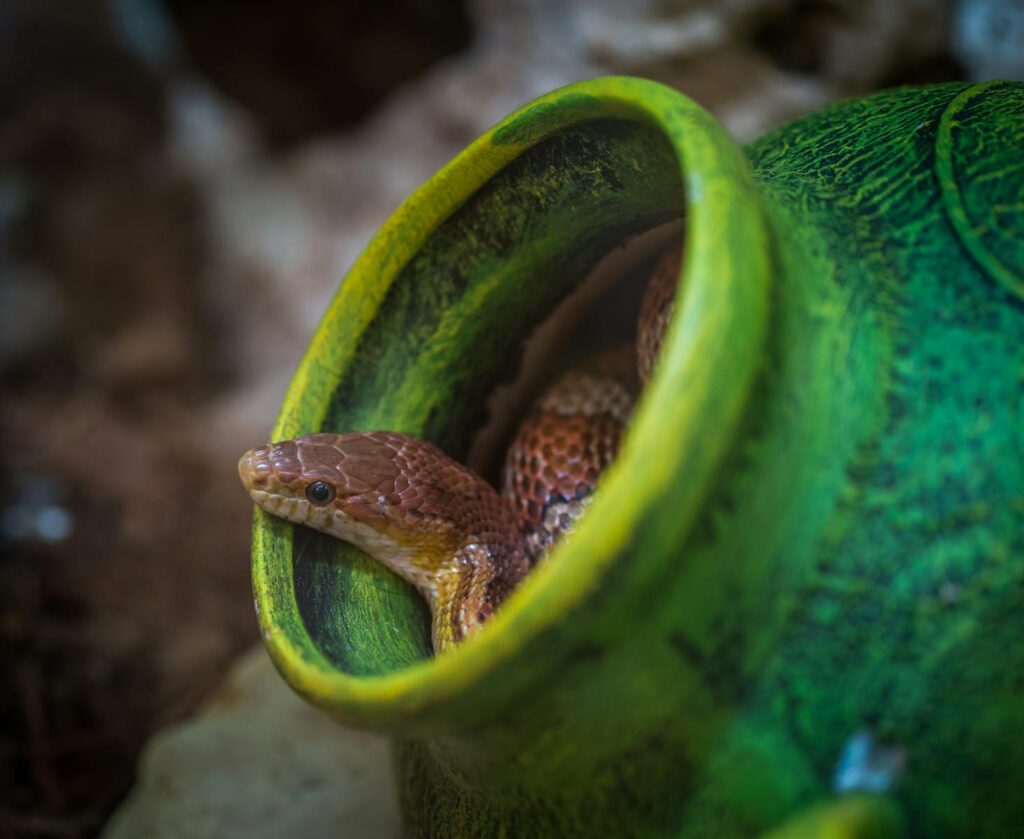
Throughout history, the image of the two-headed snake has been incorporated into magical practices, divination systems, and protective talismans across diverse cultures. In certain African traditional spiritual systems, two-headed snake motifs were carved into protective amulets to ward off negative energies while drawing positive influences toward the wearer. Renaissance-era grimoires sometimes included instructions for creating seals featuring bicephalic serpents, believed to grant the magician power over duality and hidden knowledge. In some Vodou and Hoodoo traditions, the “double-headed snake” represents spiritual power that can work in multiple realms simultaneously, making it a potent symbol in spellwork related to crossroads, transitions, or communication with spirits. Modern occultists and magical practitioners continue to incorporate this ancient symbol in their work, often drawing on its long-established associations with transformation and transcendence.
The Two-Headed Snake in Contemporary Culture

The ancient symbol of the two-headed snake continues to slither through modern popular culture, appearing in literature, film, gaming, and visual arts. Fantasy novels and role-playing games frequently feature bicephalic serpents as guardians of magical thresholds or as manifestations of cosmic duality. Tattoo artists report steady demand for two-headed snake designs, with clients often drawn to their symbolic richness and visual symmetry. The motif appears in contemporary fashion and jewelry design, particularly in collections drawing inspiration from ancient symbolism or occult imagery. Heavy metal bands and other musical groups have adopted the two-headed serpent in album artwork and merchandise, tapping into its associations with mystery, power, and the transcendence of ordinary boundaries.
Scientific Study of Bicephalic Snakes
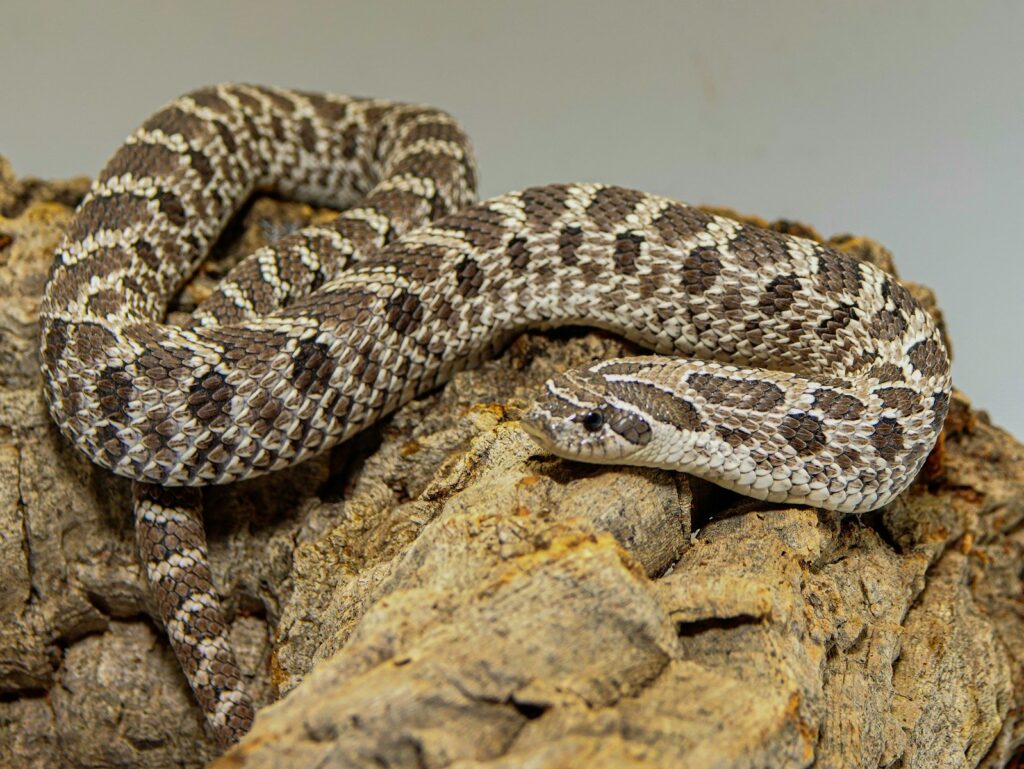
Modern science has provided insights into the developmental abnormalities that create bicephalic snakes, demystifying but not diminishing their fascinating nature. Research indicates that environmental factors like temperature fluctuations, chemical exposure, or oxygen deprivation during embryonic development may increase the likelihood of this mutation. Studies of captive two-headed snakes have revealed fascinating neurological aspects of their condition, including how the two brains can compete for control of their shared body or occasionally coordinate actions. Veterinary medicine has developed specialized approaches for caring for these unusual animals, addressing their unique feeding, housing, and health needs. Despite scientific explanations for their existence, bicephalic snakes continue to inspire wonder and speculation, demonstrating how even explained mysteries retain their power to captivate human imagination.
Psychological Interpretations of the Two-Headed Snake Archetype
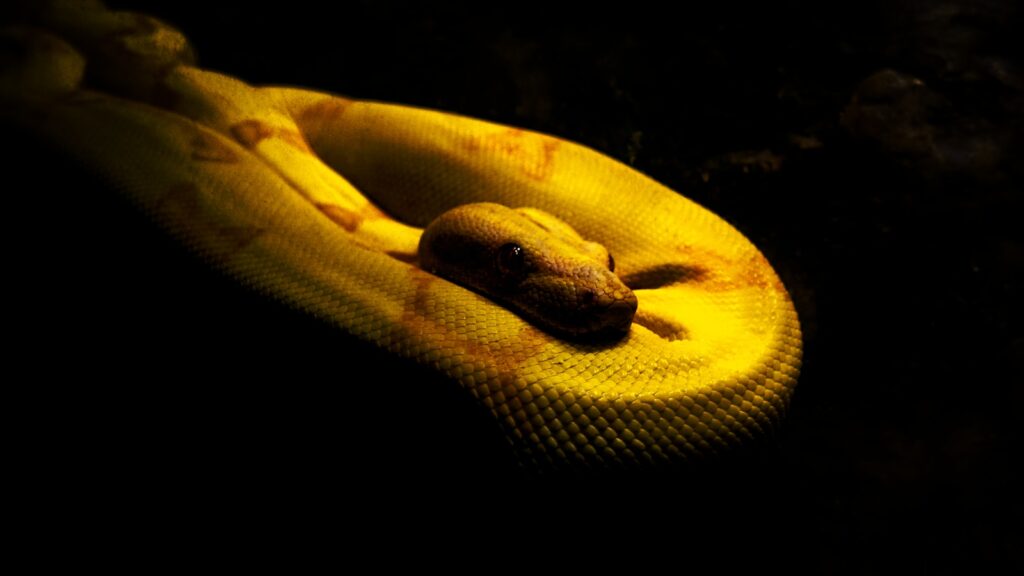
From a psychological perspective, the persistent human fascination with two-headed snakes reveals much about our cognitive relationship with contradiction and duality. Jungian analysts might interpret the bicephalic serpent as a manifestation of the shadow—the disowned aspects of self that must be integrated for psychological wholeness. The creature’s simultaneous movement in opposing directions parallels the human experience of ambivalence and internal conflict. Some psychological interpretations suggest that our continued cultural fascination with this symbol represents our struggle to reconcile conscious and unconscious aspects of mind, or the logical and intuitive modes of thinking. The two-headed snake thus serves as a powerful projection of our own psychological duality, externalized into a creature that embodies the tension between opposing forces within the human psyche.
Conservation and Ethical Considerations

The rare appearance of two-headed snakes in nature raises important ethical questions about how these unusual animals should be treated. When discovered in the wild, these genetic anomalies often become objects of curiosity, sometimes captured for display in private collections or public exhibitions. While captivity may offer these vulnerable creatures protection they would lack in the wild, ethical concerns arise about exploiting biological abnormalities for human entertainment or profit. Conservation biologists note that studying these developmental anomalies can provide valuable insights into environmental factors that might disrupt normal embryonic development, potentially serving as biological indicators of ecosystem health. The ethical treatment of these animals requires balancing scientific value, educational potential, animal welfare concerns, and respect for nature’s diversity, including its rare deviations from typical patterns.
Conclusion

The two-headed snake, weaving between myth and biological reality, represents one of humanity’s most enduring and universal symbols. From the amphisbaena of classical antiquity to the Sisiutl of Pacific Northwest Indigenous traditions, this creature has embodied our fascination with duality, contradiction, and the transcendence of normal boundaries. Its persistence across vastly different cultures suggests it touches something fundamental in human psychology—our recognition of the opposing forces within ourselves and our cosmos. Whether viewed through the lens of ancient mythology, alchemical symbolism, biological curiosity, or psychological metaphor, the two-headed serpent continues to captivate our imagination and invite contemplation of life’s dualities. In this mythical creature, we perhaps see reflected our own complex nature—beings capable of facing in multiple directions, balancing contradictory impulses, and ultimately seeking integration of the opposing forces that define our existence.

